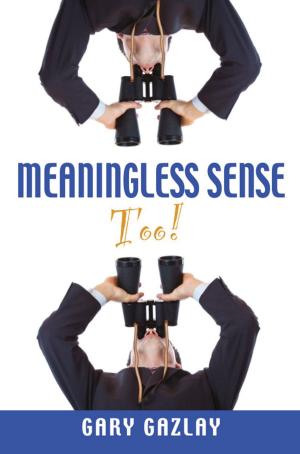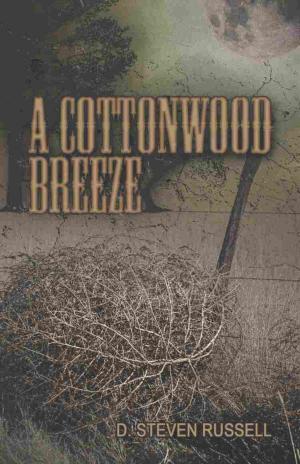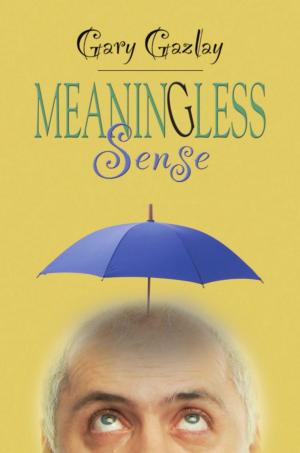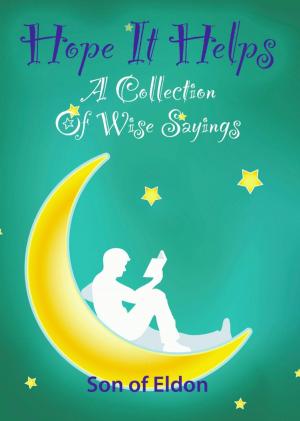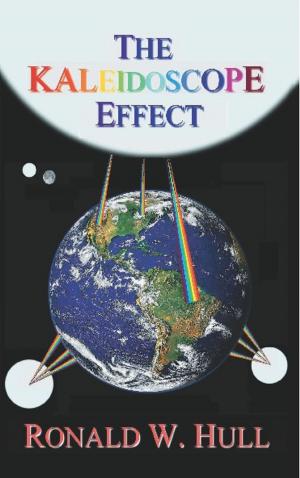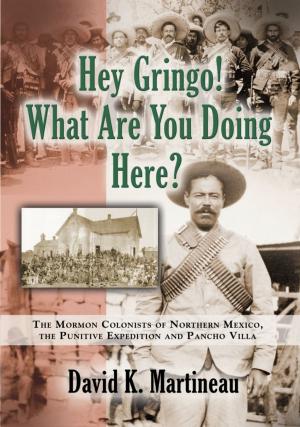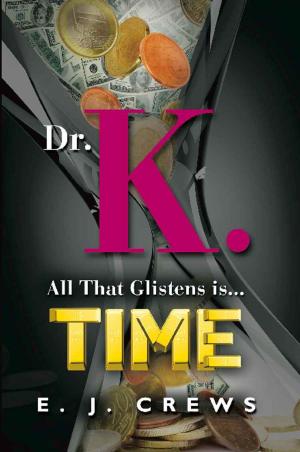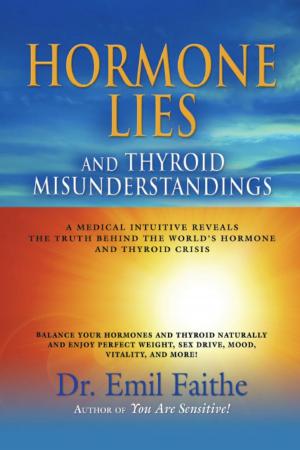Healing Bodies, Healing Hearts with Qigong and Tai Chi Chuan
Nonfiction, Sports, Martial Arts & Self Defence, Religion & Spirituality, New Age, Mental & Spiritual Healing, Philosophy, Mind & Body| Author: | Janice Doppler | ISBN: | 9781634901543 |
| Publisher: | BookLocker.com, Inc. | Publication: | January 27, 2015 |
| Imprint: | Language: | English |
| Author: | Janice Doppler |
| ISBN: | 9781634901543 |
| Publisher: | BookLocker.com, Inc. |
| Publication: | January 27, 2015 |
| Imprint: | |
| Language: | English |
Healing Bodies, Healing Hearts with Qigong and Tai Chi Chuan examines how Master Lijun Cheng and her students use qigong and tai chi to promote the health of body, mind, and spirit. It also explores how practicing qigong and tai chi contributes to making life more meaningful. First, the book introduces Master Cheng and Janice Doppler. Master Cheng, a Sixth Generation Yang Style Lineage Holder, founded the International Center for Harmony and Living Arts after emigrating from China. Janice studied qigong and tai chi chuan for several years before finding Master Cheng. Powerful narratives from Center for Harmony students tell how qigong and tai chi chuan helped them deal with serious injury and illness, sexual abuse, job loss, aging, and more.
Next, it sets the stage by looking back at the lives of Master Cheng and Janice Doppler before their lives intersected. Master Cheng embraced the ancient values taught by her parents and began learning qigong and tai chi chuan as a young adult. Qigong supplied the strength and courage needed to survive the Cultural Revolution after which she resumed her studies and eventually became a qigong and tai chi chuan master. After Janice rejected the religious values of her family, she incorporated political activism as a component of a new brand of spirituality only to find it did not fit her. The qigong, tai chi, and ancient philosophy she learned from Master Cheng opened the door into a way of life that resonated within her and satisfied an ever-present hunger for a spiritually-grounded life.
Master Cheng models using qigong, tai chi chuan, and ancient philosophy as a source of hope and healing energy first when she provides support for a beloved student dealing with the effects of a stroke and kidney failure and then for her own serious illness. Witnessing these situations exposes cultural and personal differences between the eastern mentor and western mentee that challenge Janice to reexamine which teachings to incorporate in her life and which are not relevant. The challenge is intensified when Master Cheng breaks promises and gives conflicting advice. Janice is left questioning whether she has been assigning more value to Master Cheng’s mentoring than actually exists.
She discovers her answer in surprising places. Witnessing the unexpected reunion of Master Cheng with her long-lost qigong master, Kong Tai, sparks a new understanding of qi and generates new perspectives on the place of qigong and cultivating virtue in one’s life. Reading the entire Harry Potter series, with a focus on the relationship between Harry and his mentor Professor Dumbledore, sheds light on how to learn without allowing one’s mentor’s imperfections to cloud wisdom she or he seeks to share. The ending of the book becomes the jumping off point for a new journey at the same time that it settles chaos activated by an unexpected event.
Healing Bodies, Healing Hearts with Qigong and Tai Chi Chuan examines how Master Lijun Cheng and her students use qigong and tai chi to promote the health of body, mind, and spirit. It also explores how practicing qigong and tai chi contributes to making life more meaningful. First, the book introduces Master Cheng and Janice Doppler. Master Cheng, a Sixth Generation Yang Style Lineage Holder, founded the International Center for Harmony and Living Arts after emigrating from China. Janice studied qigong and tai chi chuan for several years before finding Master Cheng. Powerful narratives from Center for Harmony students tell how qigong and tai chi chuan helped them deal with serious injury and illness, sexual abuse, job loss, aging, and more.
Next, it sets the stage by looking back at the lives of Master Cheng and Janice Doppler before their lives intersected. Master Cheng embraced the ancient values taught by her parents and began learning qigong and tai chi chuan as a young adult. Qigong supplied the strength and courage needed to survive the Cultural Revolution after which she resumed her studies and eventually became a qigong and tai chi chuan master. After Janice rejected the religious values of her family, she incorporated political activism as a component of a new brand of spirituality only to find it did not fit her. The qigong, tai chi, and ancient philosophy she learned from Master Cheng opened the door into a way of life that resonated within her and satisfied an ever-present hunger for a spiritually-grounded life.
Master Cheng models using qigong, tai chi chuan, and ancient philosophy as a source of hope and healing energy first when she provides support for a beloved student dealing with the effects of a stroke and kidney failure and then for her own serious illness. Witnessing these situations exposes cultural and personal differences between the eastern mentor and western mentee that challenge Janice to reexamine which teachings to incorporate in her life and which are not relevant. The challenge is intensified when Master Cheng breaks promises and gives conflicting advice. Janice is left questioning whether she has been assigning more value to Master Cheng’s mentoring than actually exists.
She discovers her answer in surprising places. Witnessing the unexpected reunion of Master Cheng with her long-lost qigong master, Kong Tai, sparks a new understanding of qi and generates new perspectives on the place of qigong and cultivating virtue in one’s life. Reading the entire Harry Potter series, with a focus on the relationship between Harry and his mentor Professor Dumbledore, sheds light on how to learn without allowing one’s mentor’s imperfections to cloud wisdom she or he seeks to share. The ending of the book becomes the jumping off point for a new journey at the same time that it settles chaos activated by an unexpected event.


